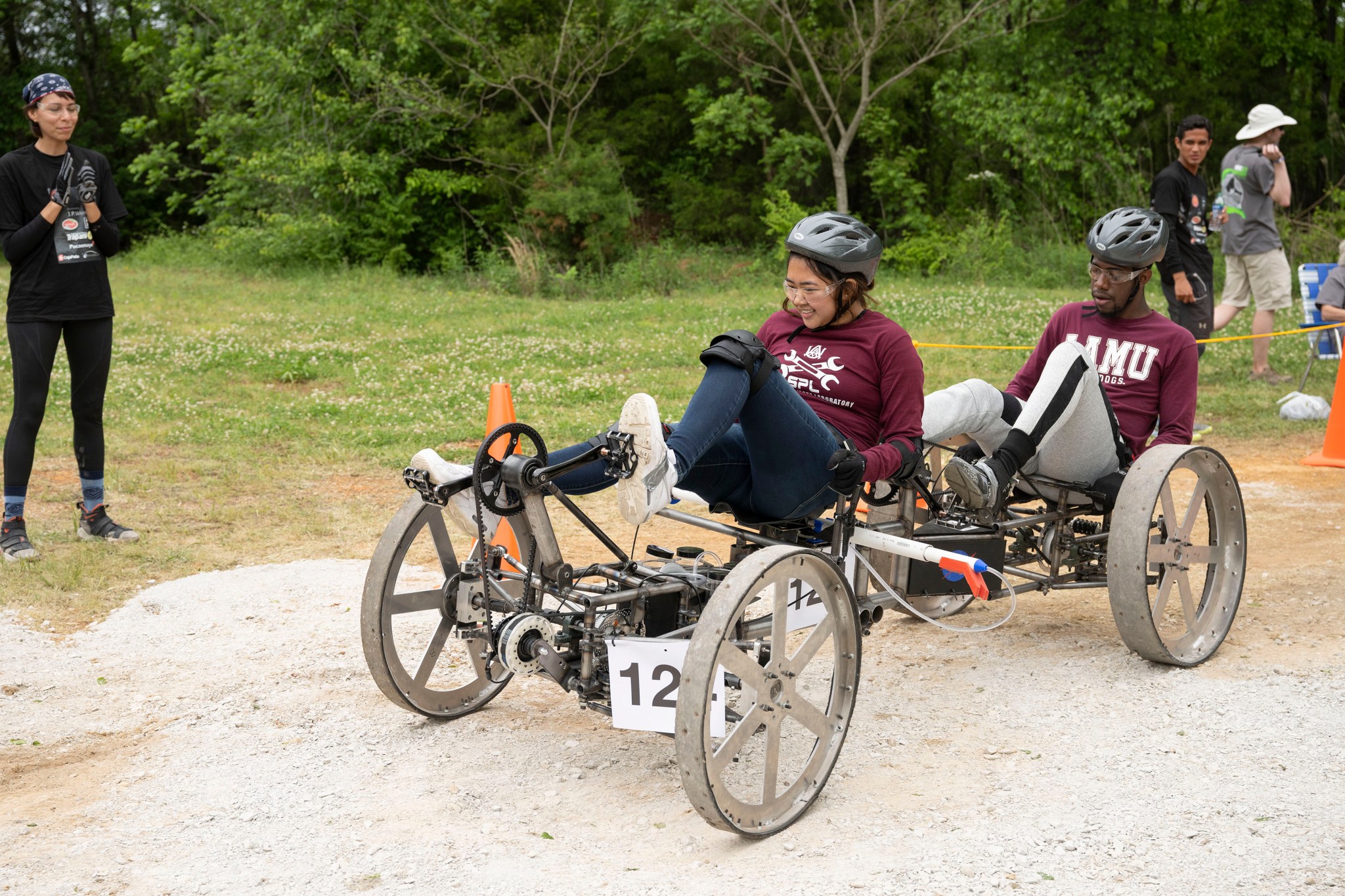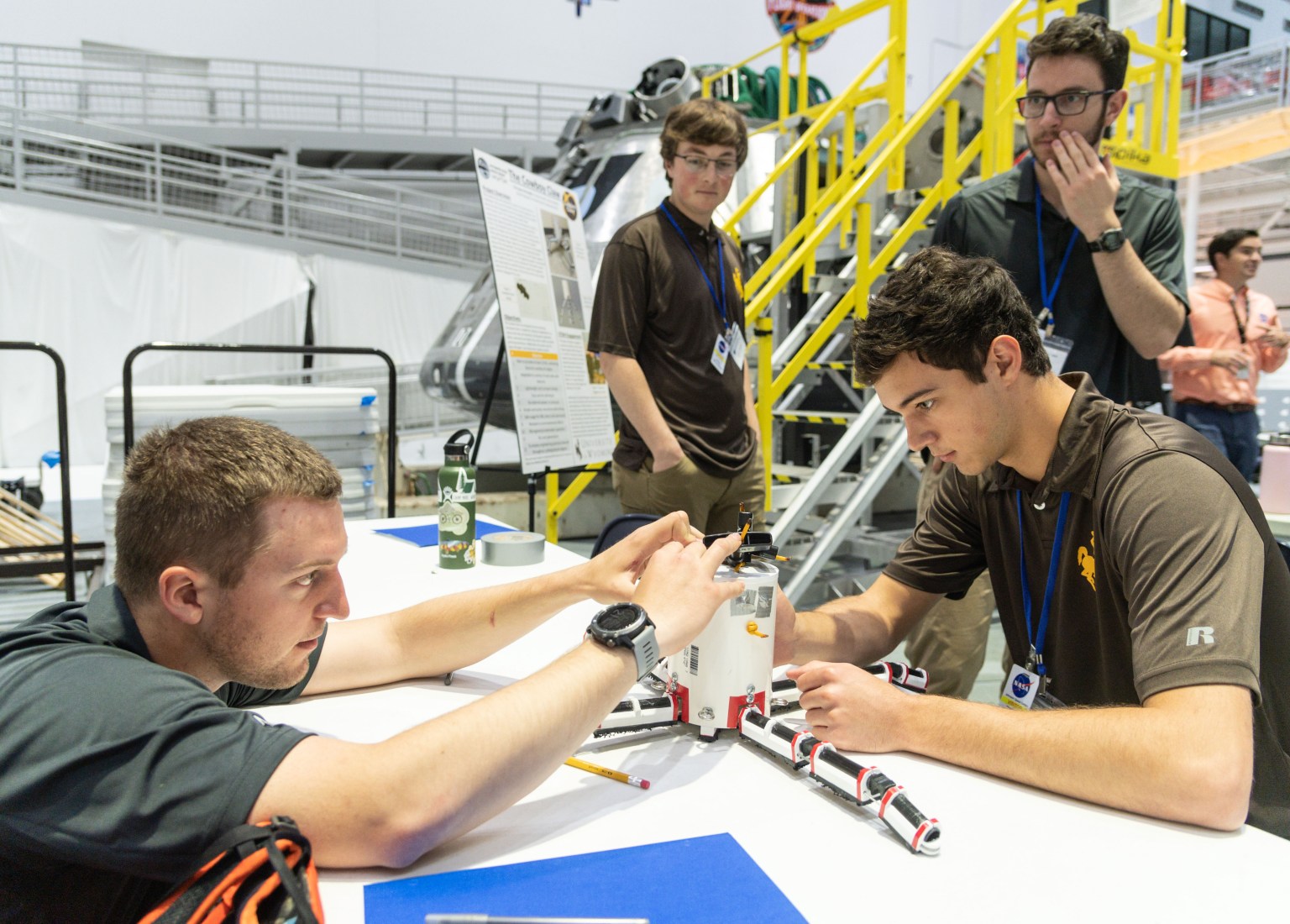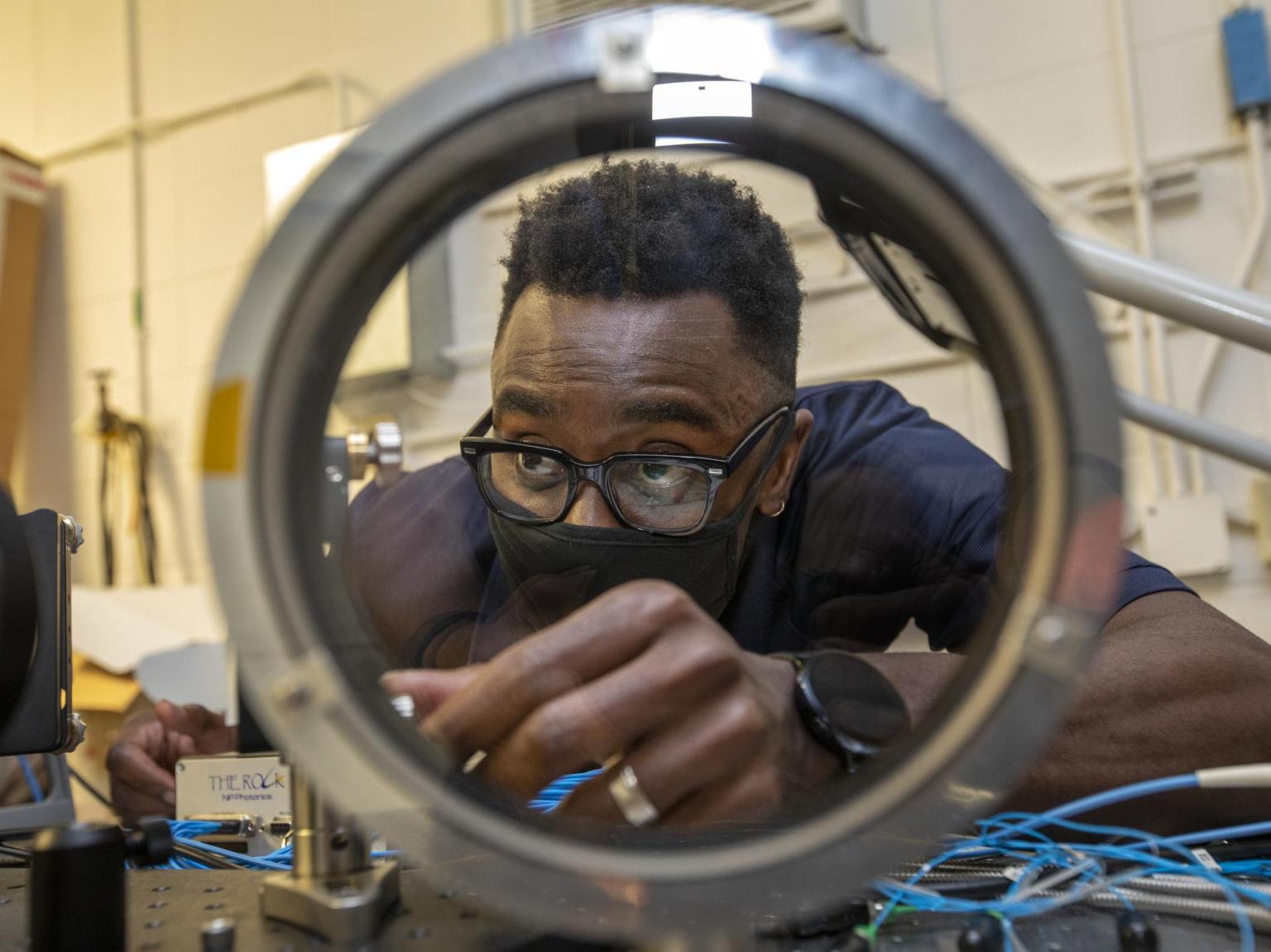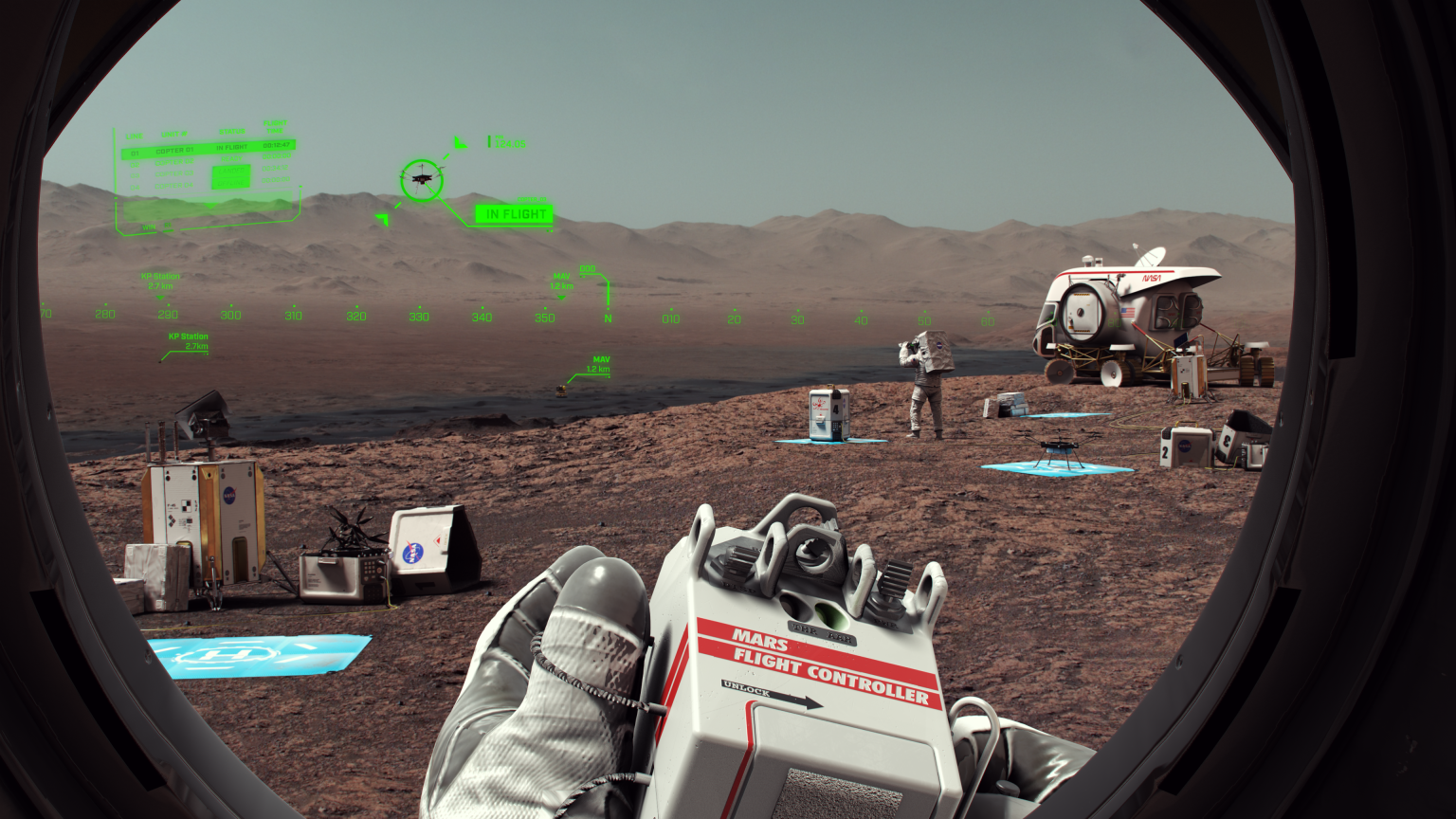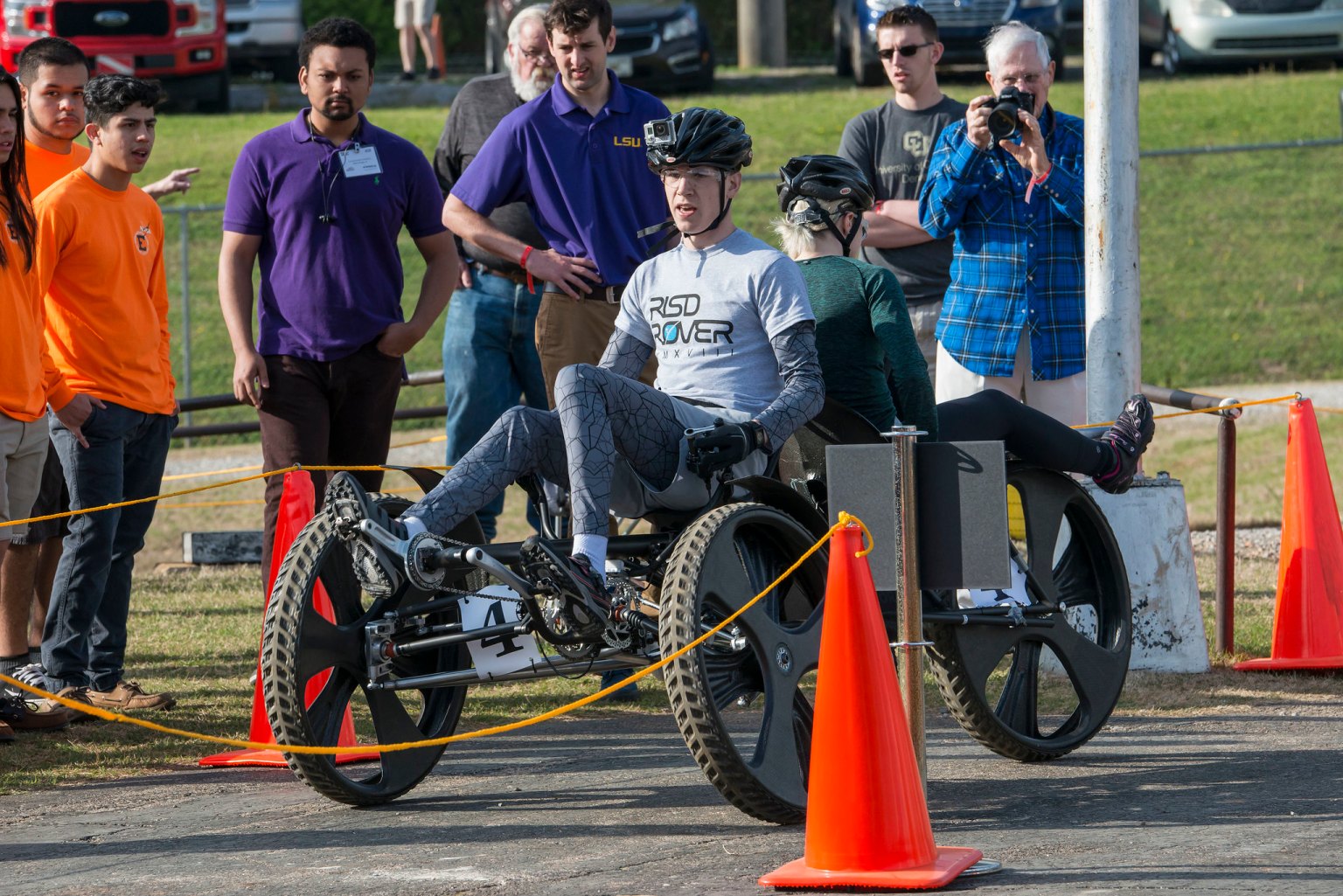HERC FAQs
About the HERC Challenge
Any updates to rules and requirements are given in the latest version of the 2025 HERC FAQ. If there is a discrepancy between the HERC Handbook and the FAQ, use the information in the latest FAQ list. It is the teams’ responsibility to check the FAQ periodically for updates.
























